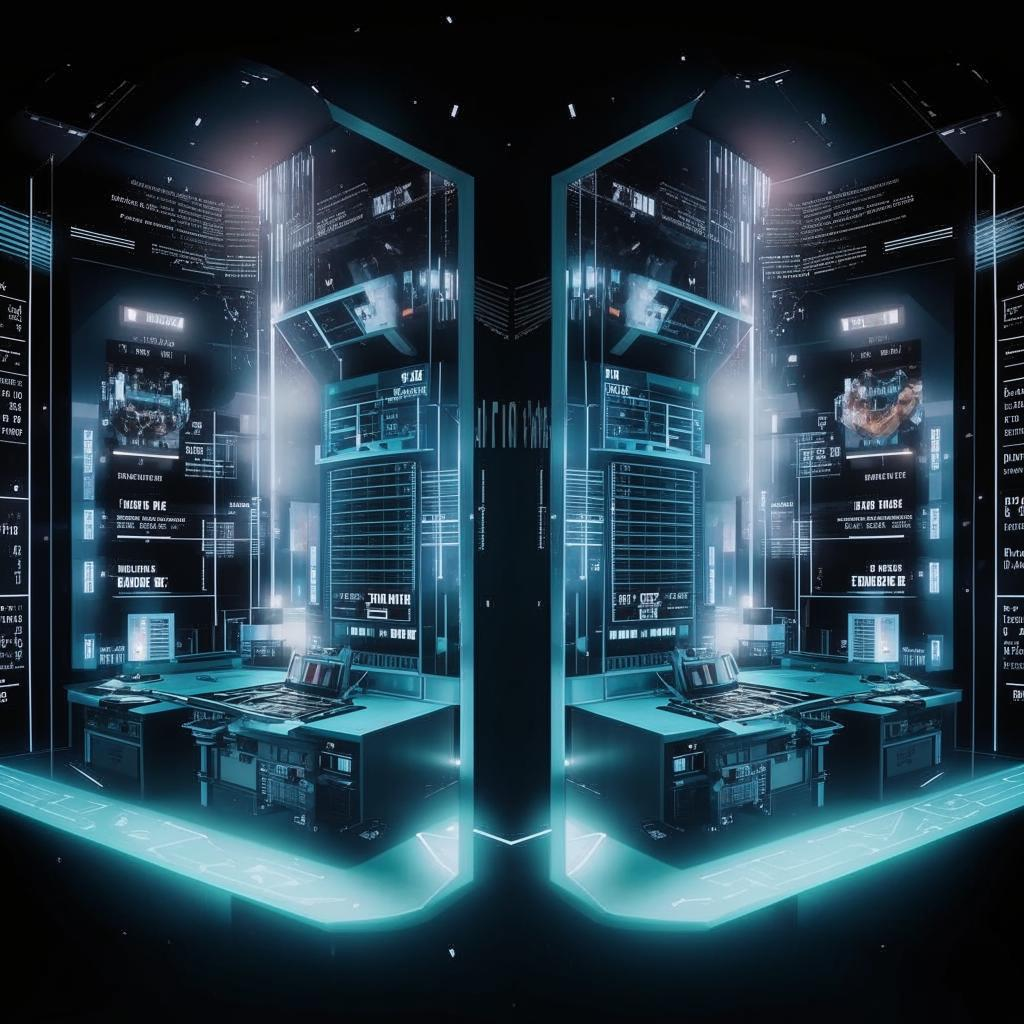Quantum computing has taken a giant leap forward, promising unparalleled processing capabilities, while also sparking new security anxieties. Recent advancements have demonstrated significant increases in quantum processing speeds, opening doors to transformative applications across various sectors. Imagine accelerated drug discovery, the design of novel materials with unprecedented properties, and breakthroughs in artificial intelligence – all powered by the immense computational force of quantum computers.
However, this powerful technology brings with it a significant threat: the potential to crack existing encryption algorithms. Current encryption methods, which safeguard sensitive data across the internet and in countless other applications, could become vulnerable to quantum attacks. This necessitates the development and implementation of quantum-resistant encryption protocols to protect critical infrastructure and personal information.
Experts are divided on the timeline for the widespread availability of practical quantum computers capable of breaking current encryption. Some predict a threat within the next decade, urging immediate action. Others believe it will take longer, but emphasize the importance of proactive research and development to stay ahead of the curve.
The development of quantum-resistant cryptography is a complex and ongoing process. Researchers are exploring various approaches, including lattice-based cryptography and code-based cryptography. These new methods are designed to be resistant to attacks from both classical and quantum computers.
The rise of quantum computing presents both incredible opportunities and serious challenges. While the potential benefits are enormous, the security risks must be addressed proactively to ensure a safe and secure future. The race is on to develop quantum-safe technologies and policies before quantum computers can compromise our digital world. The future landscape hinges on balancing innovation with robust security measures, shaping the evolution of this disruptive technology.














